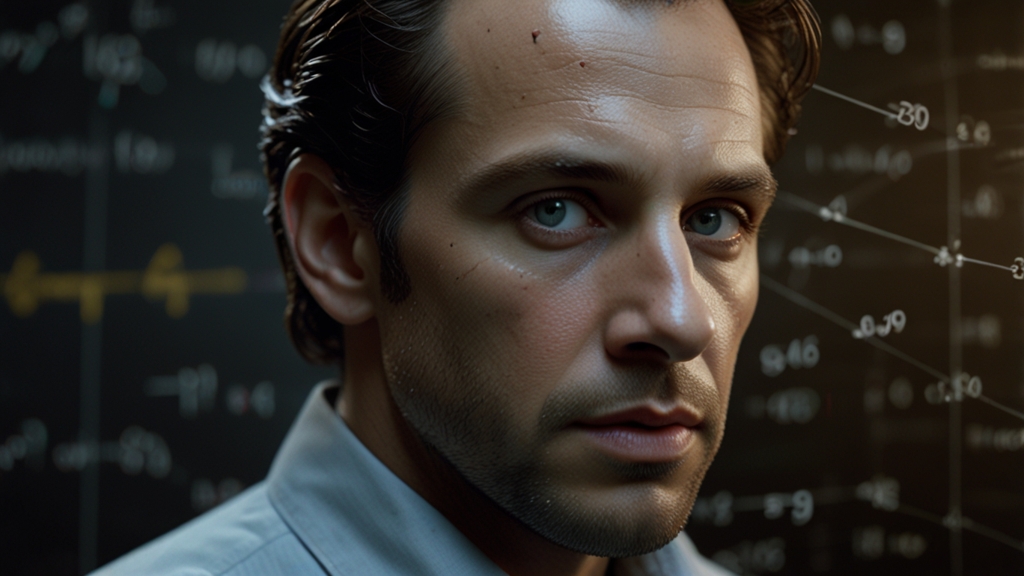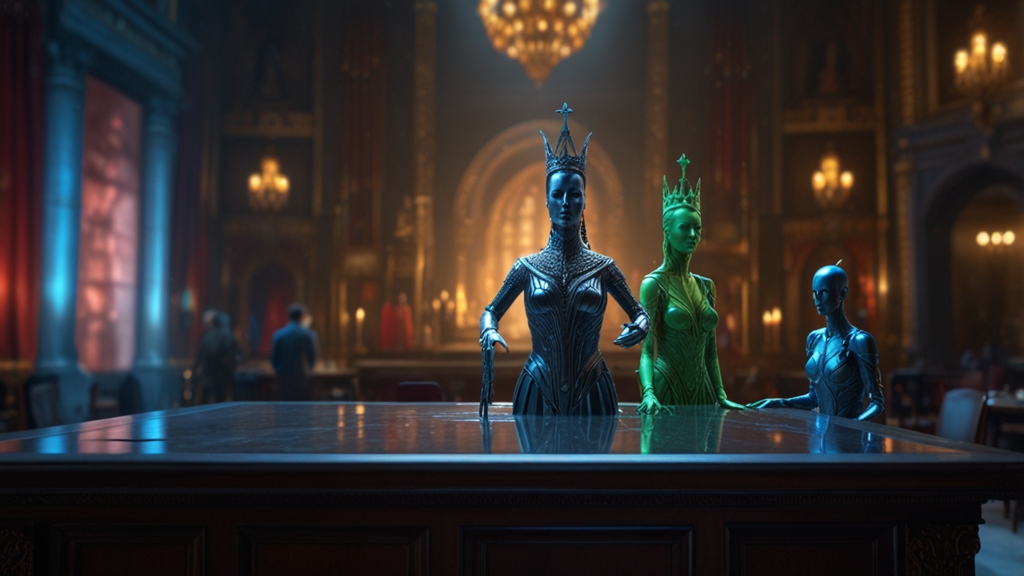Miracles in Art: How Jesus' Wonders Shaped Culture
The narrative of Jesus Christ is one of the most influential stories in the tapestry of human civilization. Central to this narrative are the miracles he performed, which have not only strengthened religious convictions but also significantly influenced various forms of artistic expression. From paintings and sculptures to literature and film, the miracles of Jesus have deeply resonated with cultural innovators and audiences alike.
The Miraculous Theme in Renaissance Art
The Renaissance period, spanning from the 14th to the 17th century, was a golden era for the arts, underpinned by a revival of classical learning and wisdom. During this time, the representation of Christ's miracles became a prevalent theme. Artists like Leonardo da Vinci, Michelangelo, and Raphael depicted these wonders with intricate detail and emotional profundity.
"The Last Supper," painted by Leonardo da Vinci, not only encapsulates a pivotal moment in Christian lore but also subtly hints at the miraculous. The composition, lighting, and expressions of the apostles highlight the impending miracle of the Eucharist, where bread and wine were transformed into the body and blood of Christ.
In Michelangelo's work, the resurrection of Lazarus is depicted with such raw human emotion that it goes beyond a mere visual representation—it becomes an experience. The anguish of Martha and Mary, contrasted with the amazement of the onlookers, serves to magnify the divine power of Jesus and its impact on those around him.
Miracles in Literature
The miracles of Jesus have also found a resonant echo in literature. Fyodor Dostoevsky's “The Brothers Karamazov” contains the famous “Grand Inquisitor” segment, where Christ's miracles are scrutinized within a philosophical framework. This segment examines the implications of Jesus' miracles in a world governed by laws, institutions, and human frailties.
“You promised us the bread of Heaven, but can it compare with earthly bread?” asks the Grand Inquisitor, highlighting the eternal struggle between faith and reason, and the profound societal implications of divine wonders.
C.S. Lewis' “The Chronicles of Narnia” series also borrows heavily from the miracle-working aspect of Jesus. The character of Aslan, who personifies Christ, performs acts that go beyond the natural world, emphasizing themes of sacrifice, resurrection, and redemption.
Cinematic Miracles
The miracles of Jesus have transcended traditional media to leave an indelible mark on film. Cecil B. DeMille’s “The King of Kings” (1927) and later, Mel Gibson’s “The Passion of the Christ” (2004), present miracles in a manner that mesmerizes audiences, blending technology and storytelling to bring these ancient wonders to life.
One notable scene from “The Passion of the Christ” is the healing of a severed ear in the Garden of Gethsemane. The portrayal is both visceral and magical, exemplifying the miraculous power attributed to Jesus. This moment captures the multi-faceted nature of his miracles—both healing and reconciling, comforting, and challenging.
Miracles and Modern Art
Even in contemporary art, the miracles of Jesus continue to inspire. Modern artists explore these themes with innovative techniques and perspectives. Whether through abstract paintings or digital installations, Jesus' miracles serve as a wellspring of creative inspiration, offering varied interpretations that challenge and enrich our understanding of the divine.
British artist David Mach's sculpture “The Last Supper” uses coat hangers to construct Jesus and his disciples in a reimagined, industrial setting. The work invites viewers to contemplate the miraculous in the mundane, suggesting that the essence of Jesus' miracles transcends time and material constraints.
In conclusion, the miracles of Jesus have profoundly impacted various forms of artistic expression, shaping cultural paradigms and enriching human experience. From classical Renaissance masterpieces to cutting-edge contemporary art, these divine wonders continue to inspire, challenge, and transform.





